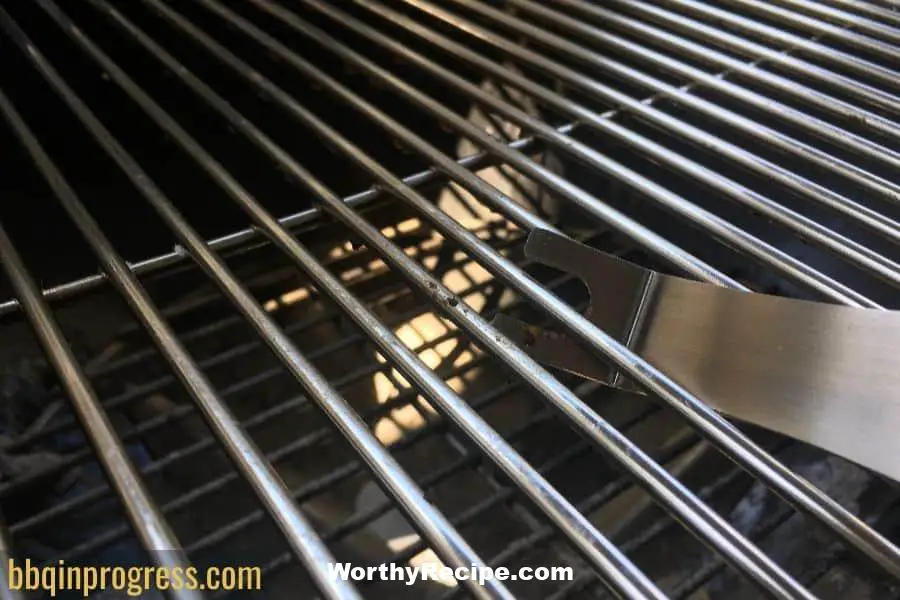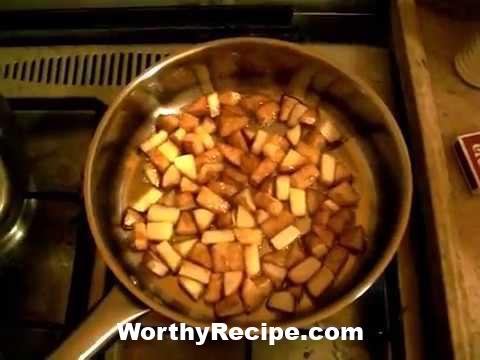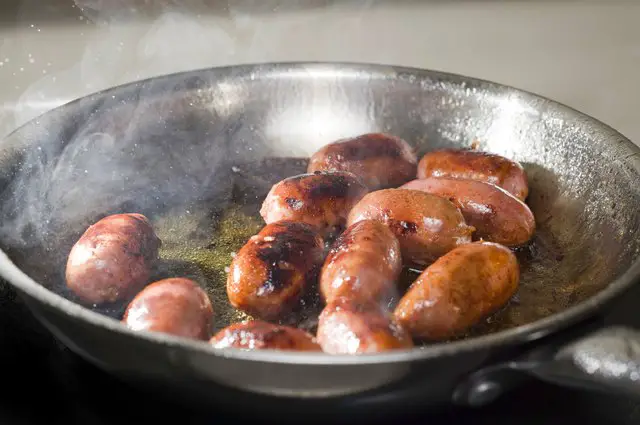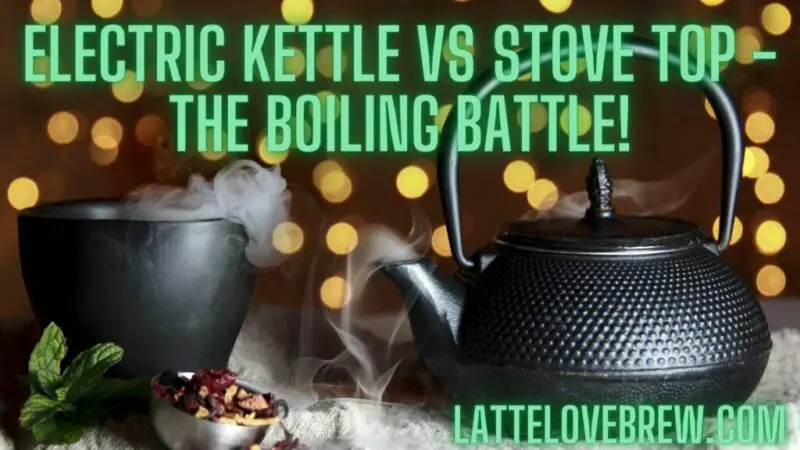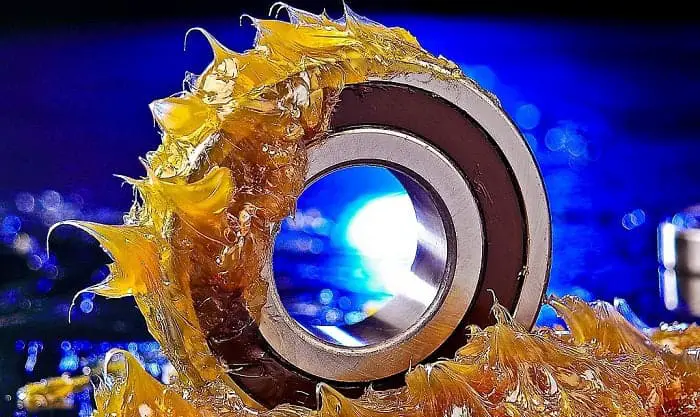Say Goodbye to Heat Stains on Your Stainless Steel Grill
Introduction
Stainless steel grills are a popular choice for outdoor cooking due to their durability, strength, and sleek appearance. However, over time, these grills develop heat stains, rust, and corrosion if not maintained properly. Heat stains are unsightly and affect the overall appearance of your grill. Luckily, heat stains are easy to remove with a few tips. This article will provide insight into why heat stains happen on stainless steel grills and the best ways to remove them.
Understanding Stainless Steel
Stainless steel is made from a combination of iron, carbon, and other elements such as chromium and nickel. Chromium makes up at least 10.5 percent of stainless steel and provides its resistance to corrosion and tarnishing. The higher the percentage of chromium in stainless steel, the more resistant it is to corrosion.
There are different types of stainless steel that vary in composition and therefore have varying degrees of resistance to corrosion. The most common types of stainless steel used in grills include 304, which contains 18 percent chromium and eight percent nickel, and 316L, which contains 16-18 percent chromium, 10-14 percent nickel, and two-three percent molybdenum.
Factors that contribute to the corrosion resistance of these materials include temperature, pH levels (acidity or alkalinity), humidity levels, salt concentration (in coastal environments), chemicals exposure (such as cleaning agents), occlusions (where water can’t move freely), exposure to heat or open flames for extended periods of time.
Causes of Heat Stains on Stainless Steel Grills
Heat stains happen when high-temperature exposures compromise the surface protective layer on the metal components of the grill. Grease buildup also contributes to discoloration on the grates and inside the grill’s walls. Over time, the accumulation of food debris, bacteria, and dirt on your grill can change its color and make it look dull. Improper cleaning techniques such as using abrasives can also cause damage to your grill.
Tools and Materials You’ll Need
To remove heat stains from your stainless steel grill, you will need a variety of tools and materials. A soft-bristled brush should always be used to avoid damaging the surface of the stainless steel. Microfiber cloths are also ideal for wiping off stains and smudges. Stainless steel polish/cleaner is essential for maintaining the shine of your grill. Non-abrasive pads/sponges should be used to avoid scratches on the metal.
Preparing Your Grill for Cleaning
Before cleaning your grill, remove leftover food debris by scraping the grates with a hard scraper or metallic brush while they’re still warm. Soak in water and scrape off any grime or food particles on all parts of your grill. Turn on the grill for 10-15 minutes to warm it up before cleaning which can help soften any remaining food particles stuck to the surface.
Cleaning Techniques for Heat Stains on Stainless Steel Grills
1. Using baking soda and vinegar mixture:
Mix together a paste made of baking soda and vinegar to clean your stainless steel grill. Spread this mixture over any heat stains or marks on the grill, let it sit for around 30 minutes, then scrub gently with non-abrasive pads/sponges. Be cautious while handling baking soda since it’s mildly abrasive and can cause damage if applied repeatedly without care.
2. Using a commercial stainless steel cleaner:
There are many commercial products available in the market that remove heat stains effectively. It is best to research and determine which one will work best for your grill. Always read the instructions provided with the cleaner, and use it in a well-ventilated area or cover your nose and mouth with a mask to avoid inhaling fumes. Spray on the cleaner, let it sit for around five minutes, then wipe with a microfiber cloth.
Home Remedies for Heat Stains Removal from Stainless Steel Grills
Alternative home remedies such as lemon juice, rubbing alcohol, club soda are also effective in removing heat stains from stainless steel grills. These remedies should be used with caution and at your own risk. While many people have found success using these methods, there can be potential risks such as discoloration if not used correctly.
A Step-by-Step Guide to Deep Cleaning Your Stainless Steel Grill
To deep clean your stainless steel grill, you’ll need an abrasive-free powder such as Bar Keeper’s Friend or baking soda mixed with water. These powders can remove rust and any stains that have penetrated the surface of the grill. Scrub gently with non-abrasive pads/sponges. Rinse thoroughly using a hose or rag that has been soaked in water and finish by wiping down the grill with a microfiber cloth.
Maintenance after Cleaning
After successfully removing heat stains from your stainless steel grill, it is important to maintain its appearance by regularly cleaning it after use. Wiping down surfaces after each use not only maintains physical appearance but also keeps unwanted materials out of your food. Using high-quality stainless steel polish/cleaner can provide extra protective moisture to the surfaces and prevent future damage.
Avoiding Heat Stains on Stainless Steel Grills
Preventing heat stains before they happen is key when it comes to maintaining the quality of your stainless steel grill. Covering your grill when not in use helps protect the surface from dirt, debris, and rain. Using baking sheets or grilling baskets when cooking acidic or sugary foods, which could compromise the protective layer of materials.
Conclusion
Maintaining your stainless steel grill’s appearance and longevity should be an easy task with the right tools and knowledge. Understanding stainless steel, using the appropriate cleaning products, and employing proper techniques can prevent discoloration from heat stains and keep your grill looking new for years to come. Follow these steps to remove existing heat stains from your grill and regularly clean your grill after use to prevent further harm.
Can vinegar be used to remove heat stains from a stainless steel grill?
Yes, vinegar is an excellent solution to remove heat stains from a stainless steel grill. You can mix vinegar and water in equal parts and use a soft cloth or sponge to apply the solution on the affected area. Gently scrub the area in circular motions, and rinse thoroughly with warm water.
Is baking soda effective in removing heat stains from a stainless steel grill?
Baking soda is a great way to remove heat stains from a stainless steel grill. Make a paste by mixing baking soda and warm water until it forms a thick consistency. Apply the paste on the affected surface of the grill, let it sit for 10-15 minutes, and wipe away with a damp cloth.
Can lemon juice be used to remove heat stains from a stainless steel grill?
Lemon juice can also effectively remove heat stains from a stainless steel grill. Cut a lemon in half and rub it over the stain. If rubbing with lemon alone doesn’t do the trick, you can add some salt in equal parts to the lemon juice. Leave it for 5-10 minutes and then wipe off with a damp cloth.
What should I avoid when cleaning heat stains from my stainless steel grill?
Avoid using abrasive scrubbers or any materials that might scratch or damage the surface of your stainless steel grill. Additionally, it’s best not to use harsh chemicals such as bleach or ammonia. These cleaners can cause discoloration or add more stubborn spots to your grill surface.
